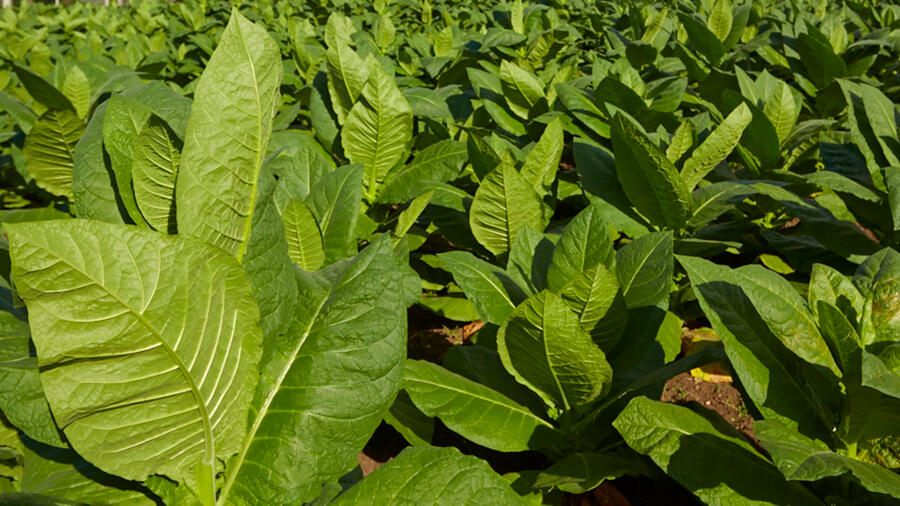Tobacco Seeds Discovered Among Stone Age Ruins

The use of tobacco by humans goes back much farther in history than previously thought.

It has been historically accepted that indigenous peoples in the New World began smoking tobacco approximately 3,000 years ago, a delightful find that Sir Walter Raleigh brought back to England in the sixteenth century. But recently unearthed evidence now strongly suggests that tobacco use is far older than originally believed, and has been part of North American history for some 12,000 years.
In 2015 a prehistoric site was discovered during a routine archeological survey of the Great Salt Lake Desert in Utah. The area, dubbed the Wishbone site, was then excavated by Daron Duke and his team from Far Western Anthropological Research Group Inc. According to a report from CNN, they found a hearth dating back to around 10,000 B.C., the late Stone Age, which had such expected findings as obsidian spear tips and animal bones. But the team botanist also noticed something quite unexpected: charred tobacco seeds. The tiny seeds were too small to date directly, but carbon dating multiple samples from the hearth showed that the fire was lit approximately 12,300 years ago.
The area at that time would not have been as we know it today–then, it would have been a wetland full of vegetation and wildlife for the Stone Age hunters to provide food for their families. In fact, the desert is the bottom of what used to be a giant lake. Agriculture and the domesticated growing of plants including tobacco was about another 2,000 years off. Humans at this time would have consisted of nomadic hunters and gatherers who traveled great distances following herds of animals to hunt, foraging as they went along, which is how the tobacco seeds may have ended up in the wetlands, an area where it does not grow.
According to Duke, the team ruled out the possibility that the seeds could have ended up in the hearth by natural means, such as from the stomach of one of the ducks or other waterfowl whose bones were found at the site. The seeds were also unlikely to come from burning tobacco in the fire since its lack of woody fiber makes it a less-than-desirable fuel source.
The accepted theory is that the seeds made their way into the fire by being smoked, or chewed and spat out by the hunter-gatherers.
However it was used, it seems our prehistoric brethren enjoyed the pleasant company of tobacco as they sat around the fire.
- Cigar Aficionado
Oct 12, 2021 |















